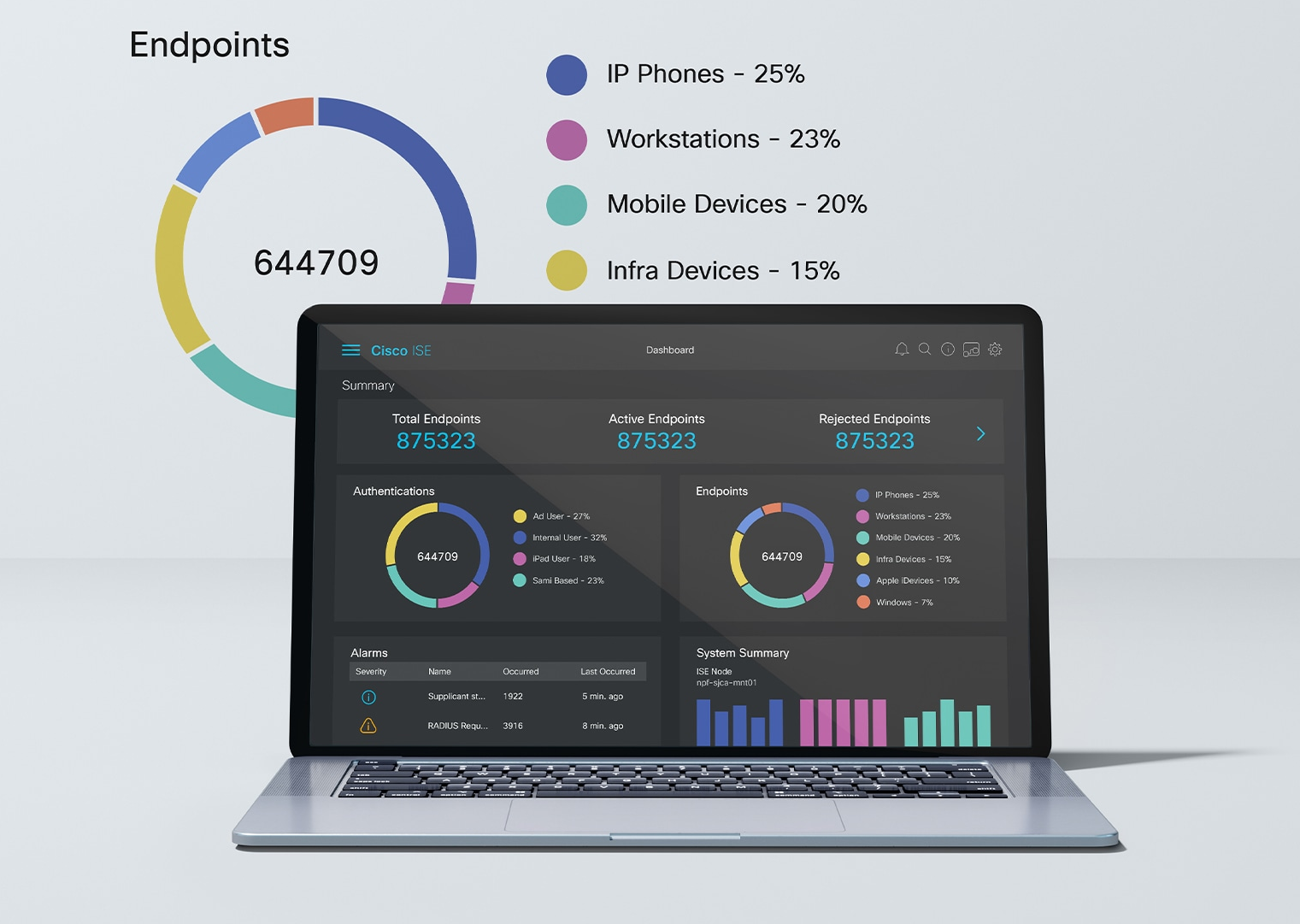We hear and over again that security resilience is the ability to protect the integrity of every aspect of your business in order to withstand unpredictable threats or changes – and then emerge stronger. You may wonder how this is any different from plain old ‘resilience’, and you’ll find the answers in The 5 dimensions of security resilience. However, all one needs to remember is that the task of security tools is to plug all the holes. Non-resilient systems leave exploitable holes during times of change or when facing threats.
Cisco Identity Services Engine (ISE) serves at the core of tens of thousands of corporate networks around the world. It is often sight unseen by the very users connecting to the network – the corporate worker, VPN user, or network guest. ISE is part of the critical infrastructure – not just because it is used to give access to those who need to get onto the network, but because it secures the corporate network by being agile. It ensures that only those users and devices who should access relevant parts of the network, do. If it isn’t resilient, then you end up with holes in your security.
What’s New in ISE 3.2?
ISE 3.2 continues the journey towards being the most flexible and resilient network access control (NAC) platform out there. Our engineering organization has delivered the most exciting ISE release today because they focused on changing ISE from “a” platform, to the platform of choice. They focused on making sure ISE serves your security needs, the way you want them served. And they did this with an eagle eye focus on quality above all else.

We are excited to announce several key innovations built on top of capabilities introduced in ISE 3.0 and 3.1 that continue the theme of ‘flexibility’, and put ISE at the forefront of adding security resilience to any network:
- Deploy a hybrid, multi-cloud NAC using APIs for zero-touch provisioning. Achieve resiliency with a deployment that combines on-premise nodes using hardware and virtual machines, and nodes in the public cloud hosted in Amazon Web Services, Microsoft Azure, and Oracle Cloud Infrastructure. Bring your network and security infrastructure close to your remote branch offices using the global reach of the public cloud.
- Ensure the hygiene of endpoints connecting to the network using the most flexible posture ever. Validate any endpoint configuration and remediate if desired before deciding what network access an endpoint should have. And, if you already have third-party MDM/EMM solutions checking for compliance – plug ISE straight into those platforms.
- Create reports like you never have before. ISE has a wealth of information about all of the endpoints connecting to your network. You can now use a brand new dashboarding tool or DIY reporting to create live reports and dashboards the way you want with the data you want.
Secure Your Network, Your Way
Making things ‘secure’ is never going to be the job of a single product. More so, it will never be achieved by a collection of products all working independently. Cisco believes that integration and coordination are key and the vast array of Secure Technical Alliance Partners demonstrates this. ISE 3.2 is a leapfrog release for ISE with enhanced integrated intelligence. Be it the improved integration with Microsoft Azure Active Directory for certificate-based authentication and full network authorization; or the introduction of pxGrid Cloud, the same pxGrid that we all know and love, now built for seamless and secure integrations with cloud-native applications.
With great joy, we are excited to announce pxGrid Direct, a new framework for integrating with third-party applications using their native APIs. Use this new capability to author network authorization policies based on information held in your other trusted applications.
Learn more about ISE 3.2 in
“What’s new” webinars part 1 and part 2
Additional Resources:
- Get started in AWS, Azure or OCI, or simply download the latest version of Cisco ISE and make the most of the free 90-day demo license
- Check out the ISE 3.2 release notes


CONNECT WITH US